
 First published October 2013 Freight Books
First published October 2013 Freight Books
4953 Virginia Street
Glasgow, G1 1TS
www.freightbooks.co.uk Copyright Adrian Searle and David Barbour October 2013 The moral right of Adrian Searle and David Barbour to be identified as the authors of this work has been asserted by them in accordance with the Copyright, Designs and Patents Act, 1988 All rights reserved. No part of this publication may be reproduced or transmitted in any form by any means, electronic or mechanical, including photocopying, recording or any information storage or retrieval system, without either prior permission in writing from the publisher or by licence, permitting restricted copying. In the United Kingdom such licences are issued by the Copyright Licensing Agency, 90 Tottenham Court Road, London W1P 0LP. A CIP catalogue reference for this book is available from the British Library ISBN 978-1-908754-21-9
eISBN 978-1-908754-35-6 Typeset by Freight in Adobe Caslon Pro and Tungsten
Printed and bound by PB Print UK in the Czech Republic 
FOREWORD
I first moved to Glasgow in 1996, to work on, amongst other things, the Glasgow International Festival of Design, a precursor to the citys Year of Design and Architecture held in 1999. I remember now with embarrassment my reaction to getting the job. There was a degree of disappointment that it was, well, you know, Glasgow...
I was born in the North East of Scotland to a family who, on both sides, were East Coasters. Our gaze naturally turned east, into the wind, towards the North Sea. I spent 10 years as a child and adolescent near Falkirk and visited Edinburgh many times. It seems incredible to me now that over the course of that decade I visited Glasgow only once, to take part in a school drawing contest hosted at Kelvingrove Museum. After all, the train journey took less than 30 minutes. I studied in Edinburgh, then worked in Yorkshire, Belfast and back in Edinburgh, reaching my late 20s with no knowledge of the city that was Glasgow other than that handed down by popular culture and prejudice.
Glasgow was dirty. Glasgow was ugly. Glasgow was scary. So walking through the city centre streets in the mid-1990s was a revelation. As my fellow commuters hurried to work, heads down, I walked with my eyes raised. I was astounded at how beautiful, how lavish the architecture was.
Edinburgh is a stunning city. Its compact nature, its buildings representative of almost every era since the late middle ages; its grand bridges, its parks, its monuments, the hills, the sea... all combine into a unforgettable experience for visitors. But the dominance of Scots Vernacular and Georgian styles gives Edinburgh an elegant restraint, wholly appropriate to the personality of the city and its inhabitants. Glasgow couldnt be more different. The exuberance of its Victorian architecture is brash, confident, demonstrative, equal to the citys collective personality.
The 19th centurys equivalent of skyscrapers give the city centre a fabulously vertiginous tilt. But, for me, most remarkable is the extraordinary abundance of sculpture and architectural decoration everywhere I look. Less so the proliferation of monuments and plinths in George Square and Kelvingrove Park; more the classical figures jostling with mythical colossi and biblical heroes together with reliefs and portraits of the great and good that make Glasgow unlike any other city in the world. It was surprising, alarming but also somehow reassuring when I first realised just how many pairs of stone eyes were watching me from above. What enhanced my pleasure in Glasgows plethora of statues, gargoyles and ornament on the walls and roofs of its grand buildings was the fact that the citys residents seemed oblivious to their existence. Hardly surprising, since our necks arent designed to tilt back for any length of time.
We instinctively walk looking down to see where we are going. For many years I have thought about different ways to share this visual feast with a wider audience. Eventually, it was clear that a book with beautiful colour photographs was the best way to draw attention to this neglected aspect of Glasgows architectural heritage. Other studies have been published before. Were in great debt to Ray McKenzies wonderful and exhaustive Public Sculpture of Glasgow, published by Liverpool University Press in 2001, which proved invaluable in both identifying subjects we didnt know and important facts that could inform the reader. But this book is a very different animal.
While Public Sculpture of Glasgow is a serious and comprehensive academic study, the focus here is visual. David Barbour has used his 20 years in architectural photography to show off Glasgows hidden assets to the very best effect. Additional images have been provided by Mike Brooke and myself. We have also avoided the jargon of architectural study so that the annotations at the end of each chapter are easy to understand. This is very much a personal selection, with an emphasis on secular architecture (with a few lavish ecclesiastical exceptions). Theres plenty that has been omitted for reasons of cost, brevity and in some cases photographic accessibility (for example the glorious Bucks Head Building on Argyle Street has been shrouded in scaffolding during the entire production period of this book).
We make no apology for also using our images as a means to inspire some of Scotlands best writing talent. Its a pleasure and privilege to be able to commission Colin Begg, Jim Carruth, Sophie Cooke, Vicky Feaver, Graham Fulton and Kona Macphee to write poems on the subject of Glasgows architectural decoration. These poems provide moments of reflection on the artworks themselves. But they also look at the historical context in which a majority were created, during the boom years when Glasgow was the Second City of the Empire and how this informs the way we view the city and ourselves today. This is a book to enjoy, to pour over, to keep, to pass on to others, to follow like a map. We hope you find it a way to rediscover our world class architectural heritage, regardless of whether youre local or a visitor to this great city.
Most of all, we hope you hear the cry, Look Up Glasgow! Adrian Searle
Next page
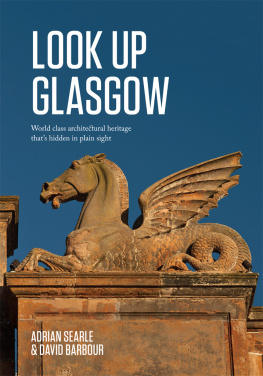



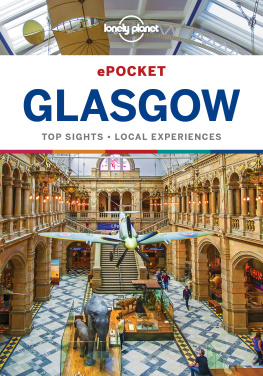
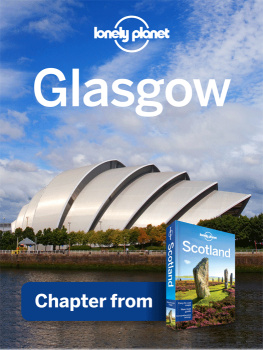
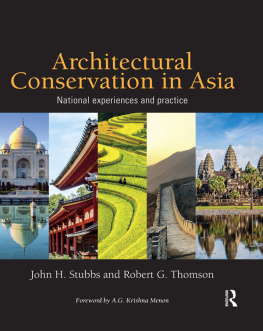
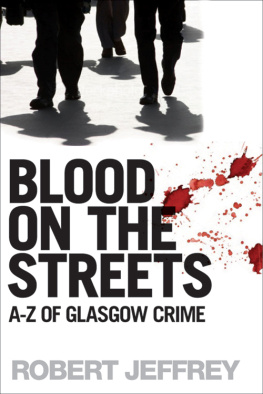
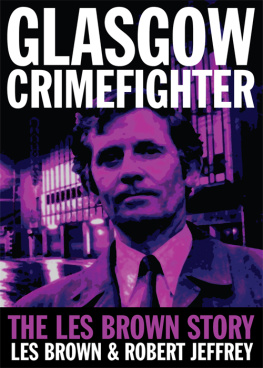
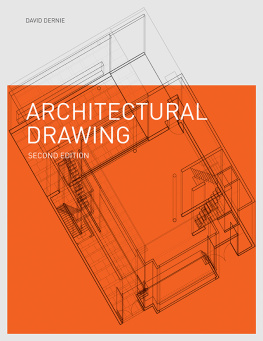
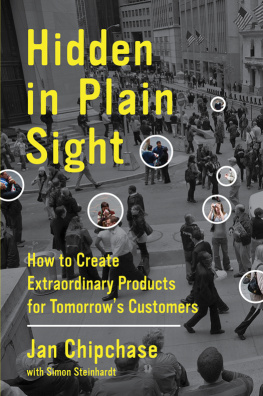

 First published October 2013 Freight Books
First published October 2013 Freight Books






